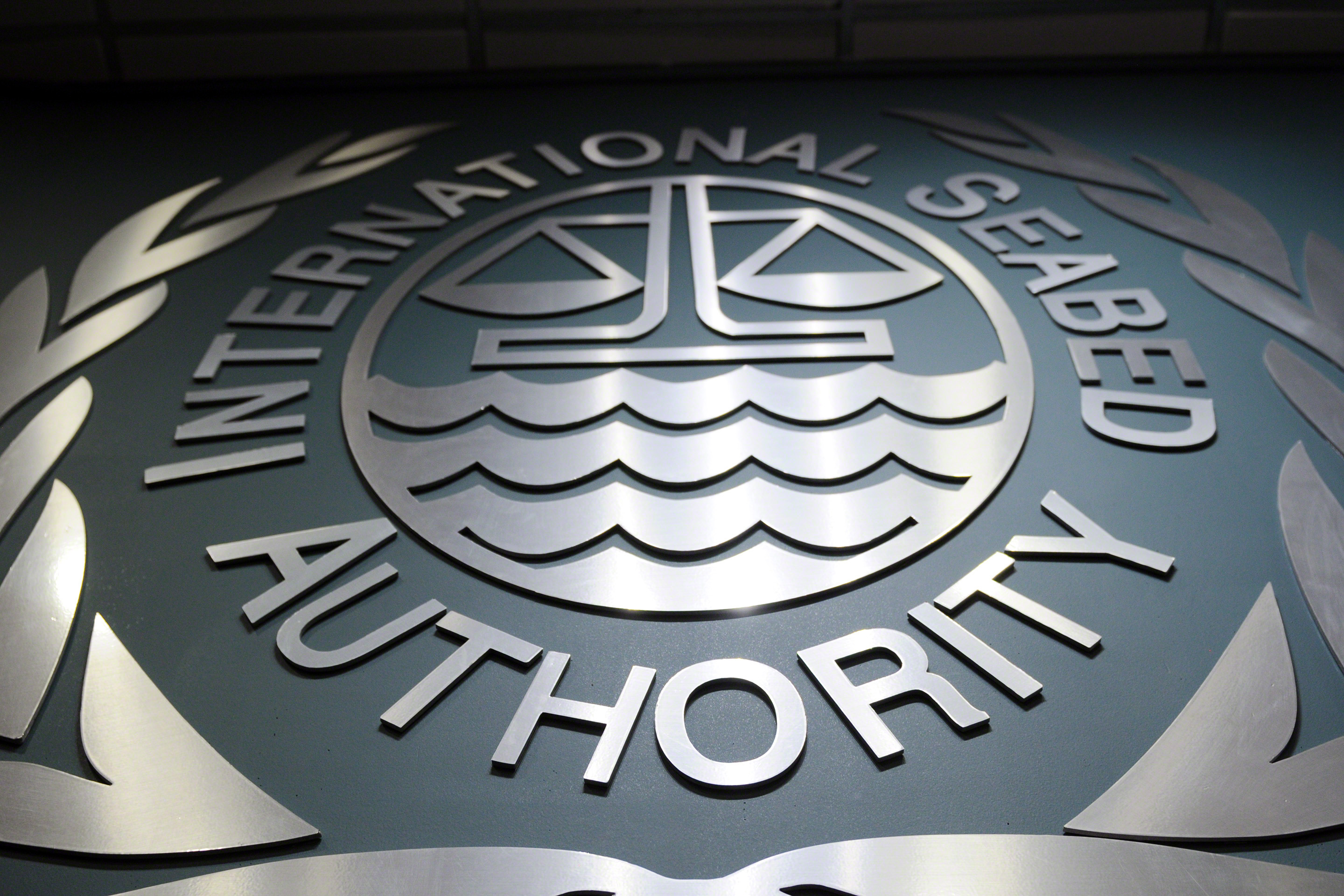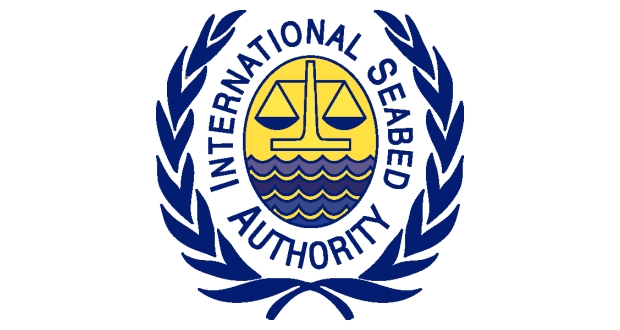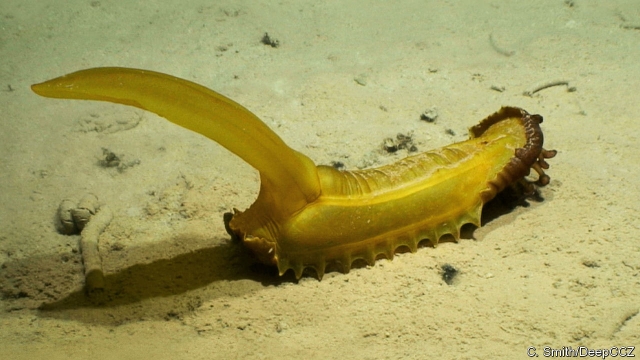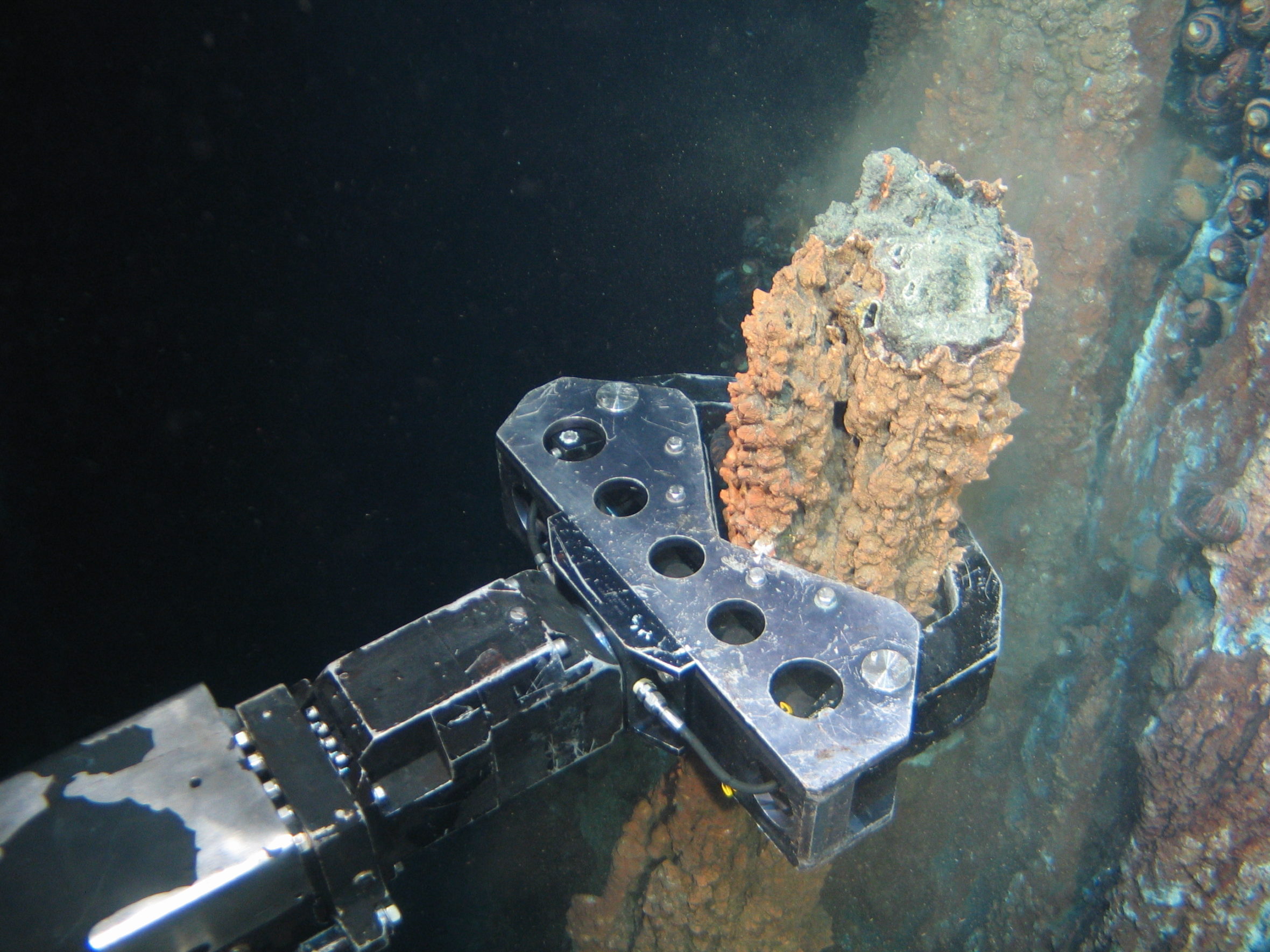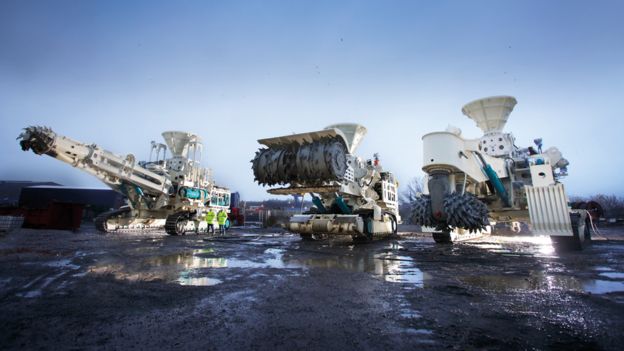At the close of the 24th Annual Session of the International Seabed Authority on 26th July 2018, the future of deep-sea mining appeared precarious. It was clear from discussions between attending national delegates, contractors, members of civil society and academics that the next six years will be crucial in determining the way forward for deep-sea mining. Of utmost importance are the exploitation regulations and while there has been progress, there is still much to be resolved in order for the regulations to be ready in time for the self-imposed deadline of 2020.
Christian Reichert, a long-standing member of the Legal and Technical Commission (LTC), does not envision mining commencing in the six years, but instead saw significant further progress being made in the drafting of the exploitation regulations. “We hope to have regulations in the next six years, maybe even in the next three but there are still some difficult open questions like the financial regime and environmental standards and thresholds”, Reichert said. Thembile Joyini, another member of the LTC, had a different take on the time frame however. “The process of developing the Mining Code might take even longer than six years. Instead of adopting them in 2020 or 2021, we may end up adopting them in 2025. The regulations are very complex and there are obligations that are conflicting in terms of the Convention and the 1994 Agreement (there must be exploitation of mineral resources), and the obligation of Article 145 of the effective protection of the marine environment. There need to be provisions that maintain that balance and it’s not an easy thing”, says Joyini.
Maruthadu Sudhakar of India, a former member of the LTC and present representative of India, believed that progress would be made in writing more detailed regulations but he stressed the need for greater clarity, especially for those who have heavily invested in order to begin deep-sea mining, and who must comply with the environmental requirements. Sudhakar further stated, “Once a contractor has actually gone ahead with deep-sea mining technology and he wants to operate in the Area, there should not be other provisions that become a hindrance to his operations because it is going to be a disaster otherwise”.
Hannah Lily of the Commonwealth Secretariat also didn’t envision dramatic changes for deep-sea mining in the Area over the next six years and instead saw a slow but steady process. Lily predicted that exploration companies would be mostly preoccupied with getting the groundwork done for the move towards mining; and regulators getting the relevant laws and guidance documents in place. Torsten Thiele of the Institute for Advanced Sustainability Studies had similar views and suggested that this next phase would include more detailed analysis, especially economically, but also regarding research and testing. “I think we will find that the financial benefits are not moving up as quickly as some have estimated”. He thought that the financial benefits may be overstated, especially if costs from a broader “natural capital” perspective are included—which would involve an assessment of ecological costs incurred from mining to both known and unknown ecosystem services. He continued, “It’s all necessary to take the risks down, which will take the costs down. This will take longer however, as risk reduction through more environmental knowledge and regulation is that longer process”. Lily also foresees more issues that could slow things down rather than speed them up, such as difficulties financing projects, or lack of agreement at an international level around fundamental policy issues, such as the design of the payment and benefit-sharing regime. Joyini, who also represents South Africa, shared some of these concerns about the current financial model, especially regarding the projected royalty rate, which he said was not high enough to compensate the use and potential loss of the Common Heritage of Mankind.
But for some, a sense of urgency remained. Belgian company, Global Sea Mineral Resources says that its plans to begin mining in 2027 depend on the adoption of exploitation regulations by 2020, which makes that year an important target. This sentiment is shared by Samantha Smith of DeepGreen Resources, “The biggest thing that is going to decide the future of deep-sea mining is whether we are able to find that critical balance between environmental protection and commercial viability” she said. “If the regulations aren’t in place in two years, then I don’t know. We’re at the stage where investors need to see that amount of certainty and stability for contractors or the opportunity might close – I genuinely do believe that,” Smith continued. But while the content of the regulations and their approval by Council is important, Matt Gianni of the Deep-Sea Conservation Coalition lamented that we should not forget about the process by which the regulations are enforced. “The best regulations in the world will only be as good as the paper they are written on if they aren’t properly implemented. There need to be rules, procedures and transparency associated”.
How the next six years progress will determine the next few decades for deep-sea mining in the Area. This current period will lay the groundwork for either hastening towards the start of commercial deep-sea mining or a near halt similar to that experienced previously. Any deceleration could result in mining within national jurisdictions, such as in the Pacific Islands region, or off Japan, Mexico, New Zealand, Namibia, and other countries, coming more to the forefront. Or it could create more of a stimulus to explore the ocean, to innovate, and to reduce use of and recycle the minerals in most demand.
